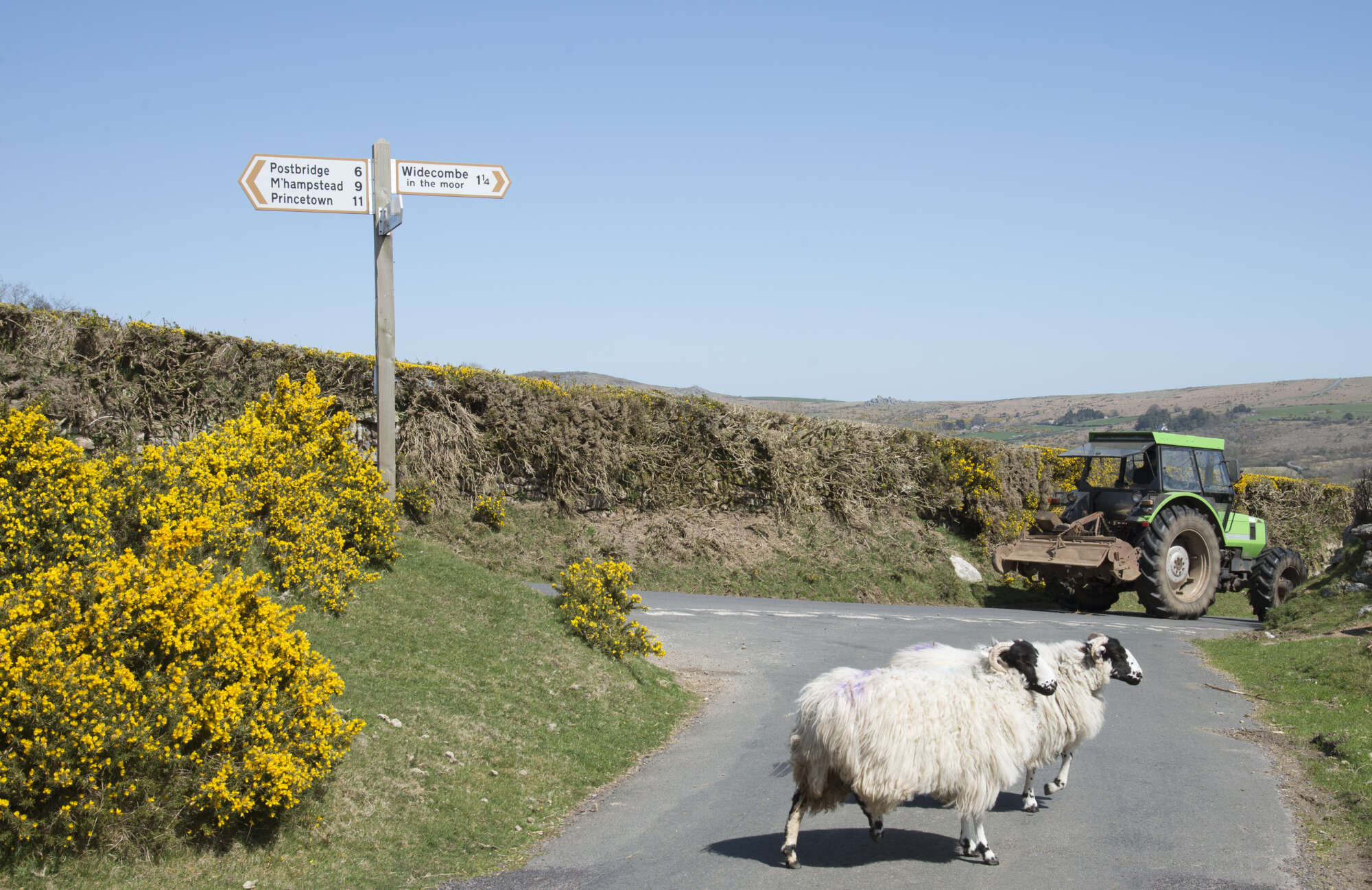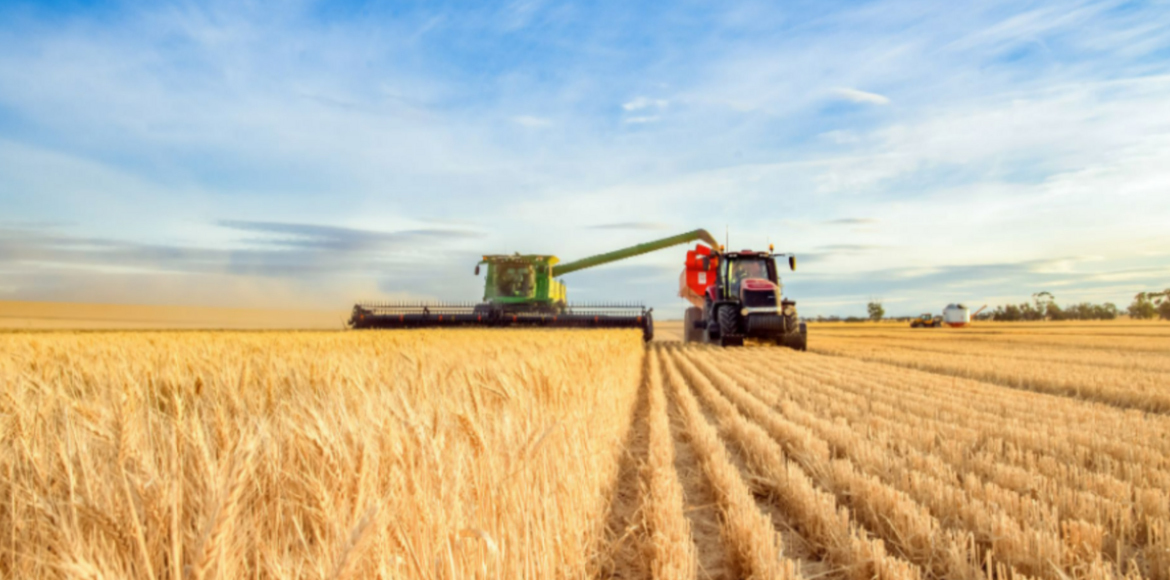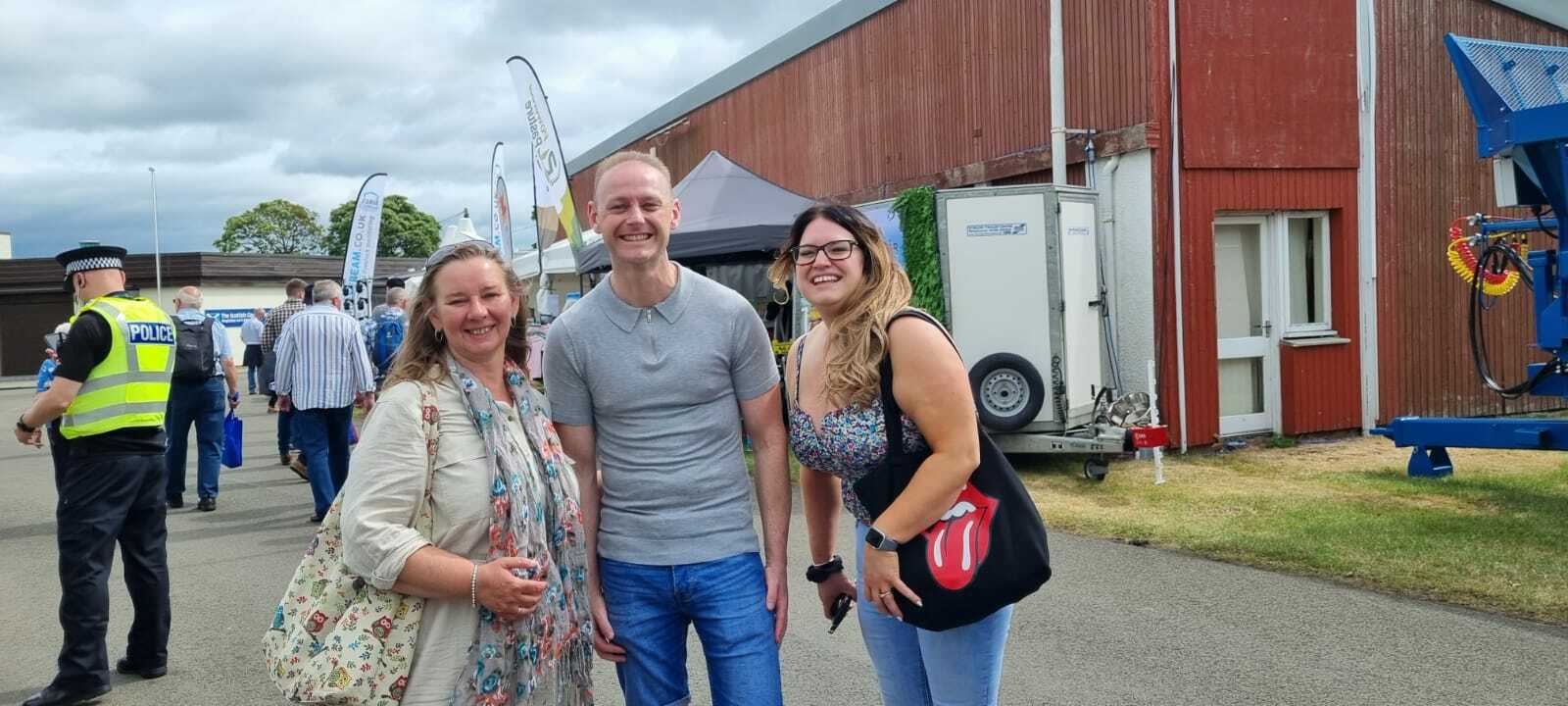The times they are A-changing for Britain’s A-roads and, it seems, for a handful of Britain’s farmers. New proposals from the Highways Agency suggest turfing tractors off newly upgraded A-roads for reasons of safety and congestion.
The likelihood is that, for the vast majority of farmers, the proposals will have minimal impact. Only a handful of roads are affected, potentially causing local frustration for those affected, but generally speaking tractors don’t stray far from their home base, so unless you’re located in close proximity to an A-road, the chances are life will continue as normal.
However, the limited nature of these proposals does serve to draw attention to what isn’t being addressed – namely, how to improve road safety the multitude of narrow and meandering country lanes used daily by the UK’s farming community.
The ultimate inconvenience for any motorist, we all know tractors to be big, slow, and occupy the majority of the road space on these tiny lanes. But it is also true that they are indeed a safety hazard, one of the many reasons why farmers will always try and spend as little time on the road as they possibly can – it’s the last place they want to be found manoeuvring heavy duty machinery.
Unfortunately, for as long as we want the agriculture industry to continue meeting the hugely demanding deadlines imposed upon it by our nation’s tightest of tight supply chains, at some point each week a tractor hitting the road will be unavoidable.
So if tractors on roads are necessary (and they are), there needs to be greater time and energy spent educating Britain’s motorists on what to look out for when a tractor veers into sight.
“I’ve seen too many claims over the years involving motorcyclists that have suffered serious injury after colliding with tractors,” said Malcolm Cawsey, Agriculture Product Manager at ERS. “In some of these cases, the motorcyclists had been driving too quickly, enjoying the freedom of the largely unpopulated country lanes without considering the possibility of an unanticipated large vehicle appearing around the corner. In others, the collisions occurred due to farmers failing to spot the oncoming motorcyclist, or simply through the motorcyclist failing to anticipate the tractors’ basic manoeuvrings.”
And herein lies the problem. As drivers, we’re well taught and well versed in how to navigate city centres, motorways, A-roads and suburbia. But we’re not taught to anticipate a tractor suddenly veering in or out of a field when no such turning is marked on our satnav; we’re not taught how to spot a tractors’ indicator lights when they may be situated 15 feet off the ground so as to avoid damage when in the fields. Better education about driving in Britain’s countryside would make everyone’s experience far safer.
“For farmers, it’s a case of ensuring they never take anything for granted when out in their tractors,” continued Cawsey. “These farmers may know their machinery inside and out, but the same cannot be said for other road users. So if you’re an agri broker, the next time you visit your farming clients, why not mention the Highways Agency proposal and check that they’re clear on how to make their movements on the road as easy to interpret as possible to other drivers?”






